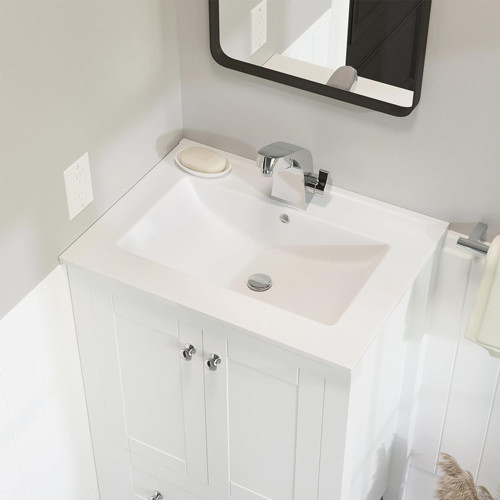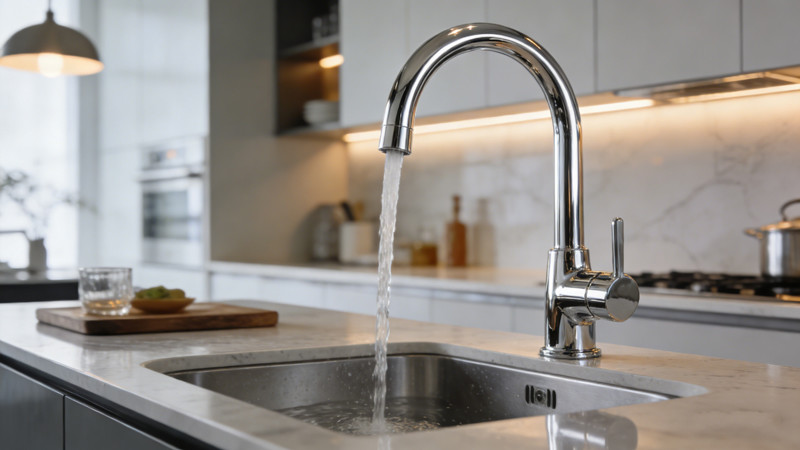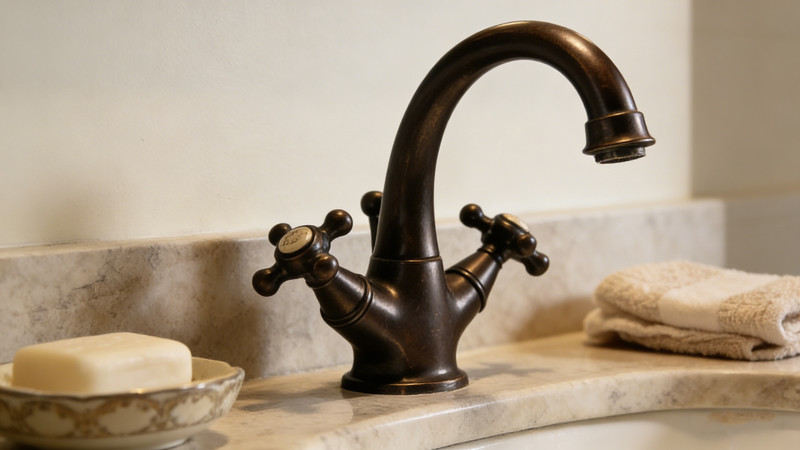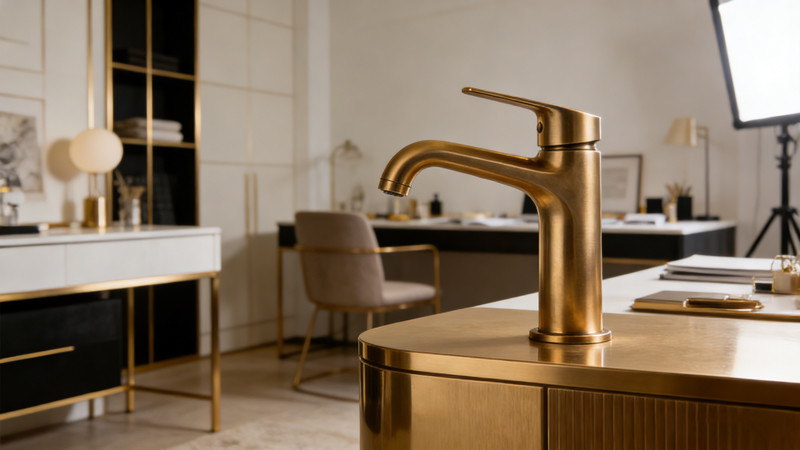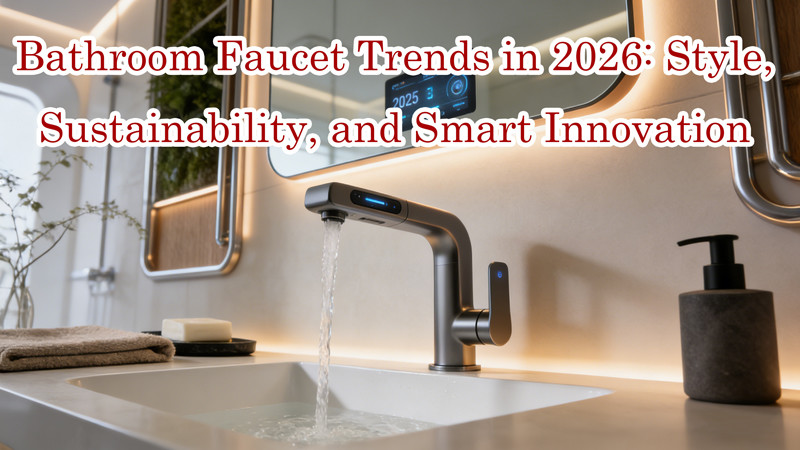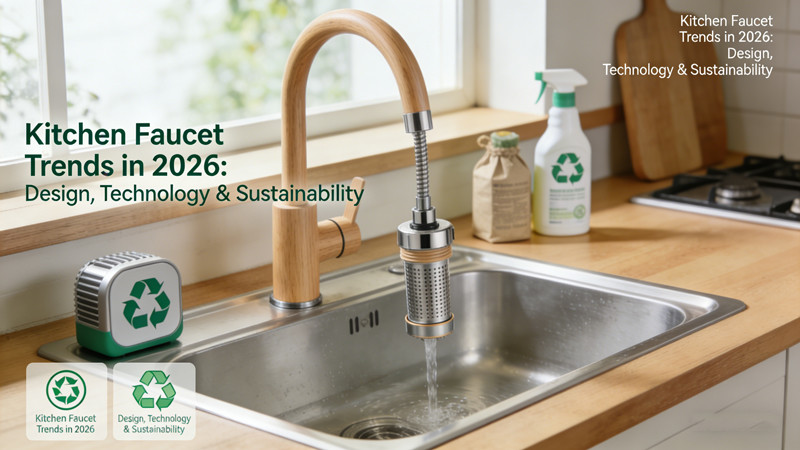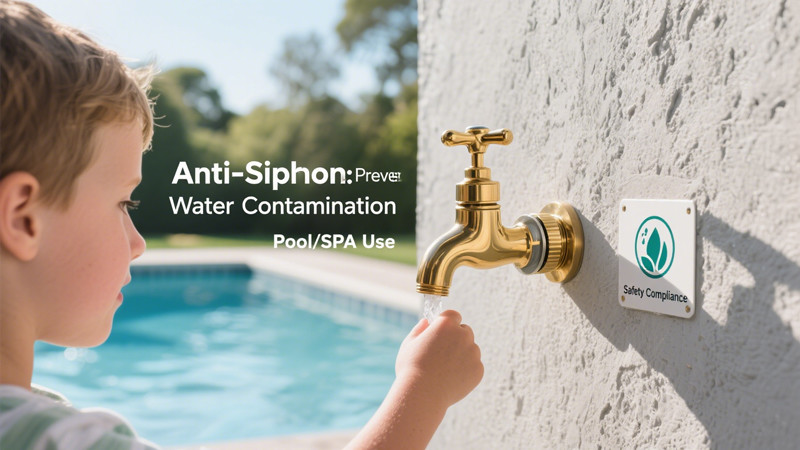
When it comes to maintaining your outdoor space, having the right type of faucet can make all the difference. Whether you’re watering the lawn, washing your car, or setting up a sprinkler system, outdoor faucets are the unsung heroes of backyard convenience. But not all outdoor faucets are created equal. From traditional hose bibs to freeze-proof spigots and decorative garden taps, each type has its own purpose and ideal use case.
In this post, we’ll walk you through the most common types of outdoor faucets, what they’re best used for, and how to choose the right one for your specific needs.
1. Hose Bibs (Standard Spigots)
What They Are
Hose bibs, also known as sillcocks or spigots, are the most common type of outdoor faucet. You’ve likely used one a hundred times without giving it a second thought.
Where They’re Used
They’re typically mounted on the side of a house and connected to your indoor plumbing. Hose bibs are ideal for general garden and yard use: attaching hoses, filling buckets, or washing equipment.
Pros
- Simple and cost-effective
- Easy to install and replace
- Compatible with most garden hoses
Cons
- Not designed for winter; can freeze and burst in cold climates
- Limited to one hose connection at a time
Tip
If you live in an area with cold winters, consider replacing your standard hose bib with a frost-free faucet (see below).
2. Frost-Free (Freeze-Proof) Faucets
What They Are
A frost-free outdoor faucet extends the valve mechanism further into the home where temperatures are warmer. This design prevents the water from sitting near the exterior wall where it can freeze.
Where They’re Used
These are a must-have in cold climates. They look almost identical to hose bibs but function differently under the surface.
Pros
- Prevents burst pipes due to freezing
- Can stay connected year-round (with caution)
- Long-lasting and low-maintenance
Cons
- Slightly more expensive
- Improper installation can negate freeze protection
- Should still be disconnected before winter if hoses are attached
Tip
Even frost-free models should have hoses disconnected before freezing temperatures hit, or the water trapped inside can still freeze and cause damage.
3. Yard Hydrants
What They Are
Yard hydrants are heavy-duty outdoor faucets typically installed away from the house, such as in gardens, barns, or outbuildings. They’re connected to underground water lines and use a long lever to operate.
Where They’re Used
Rural properties, farms, and large gardens where water access is needed far from the home.
Pros
- Provides water access far from the house
- Freeze-resistant with proper drainage
- Durable and designed for high-use environments
Cons
- Requires trenching and plumbing during installation
- Not ideal for urban or small-lot settings
- More expensive than traditional faucets
Tip
A yard hydrant is perfect for filling watering troughs or washing farm equipment — great for functionality and convenience in large spaces.
4. Anti-Siphon Faucets
What They Are
Anti-siphon outdoor faucets are designed to prevent water from being sucked back into your home’s plumbing system — a crucial feature for preventing contamination.
Where They’re Used
Anywhere backflow is a concern, especially when hoses are used with sprayers or chemical fertilizers.
Pros
- Prevents backflow and contamination
- Often required by plumbing codes
- Can be added as an attachment or built-in
Cons
- May be more expensive than standard faucets
- Can fail over time and need replacement
Tip
Look for anti-siphon protection especially if your hose may ever lie in dirty water or be used with fertilizer injectors.
5. Ball Valve Faucets
What They Are
Ball valve faucets use a simple mechanism: a ball inside the valve rotates to open or close the flow of water.
Where They’re Used
Often used in irrigation systems, rain barrels, and utility sinks, these are heavy-duty and offer full-on or full-off operation.
Pros
- Simple and durable design
- Easy to operate, even with gloves
- Full water flow without restriction
Cons
- Not great for fine flow control
- May require special fittings
Tip
Use these for applications where you want the water either completely on or completely off — they’re not ideal for gradual flow adjustments.
6. Decorative Garden Faucets
What They Are
Function meets form in decorative garden faucets. These are designed to blend into landscape or garden features while still providing a functional water source.
Where They’re Used
In flower beds, outdoor kitchens, patios, or gardens where aesthetics are important.
Pros
- Visually appealing
- Often customizable
- Great for “hidden” water sources
Cons
- Can be more expensive
- Sometimes lower flow rates
- May require more specialized installation
Tip
These are a favorite in outdoor entertaining spaces where a traditional spigot would be an eyesore.
Choosing the Right Outdoor Faucet for Your Needs
When deciding which outdoor faucet to install, consider these key factors:
- Climate: If you’re in a region with freezing winters, frost-free or yard hydrants are the safest bets.
- Location: How far from your house do you need water access?
- Usage: Are you watering a small garden or supplying water to livestock?
- Aesthetics: Is the faucet visible in your outdoor entertaining area?
- Local Codes: Some areas require anti-siphon protection or specific fittings.
Final Thoughts
Outdoor faucets might seem like a small detail, but they play a big role in your daily outdoor routine. From standard hose bibs to frost-proof, anti-siphon, and decorative options, each type serves a distinct purpose. Understanding the differences can help you make a smarter choice that saves water, prevents damage, and supports your landscaping goals.
Whether you’re a casual gardener or managing a large property, the right faucet makes all the difference — in function, safety, and even curb appeal.
 WOWOW Faucets
WOWOW Faucets